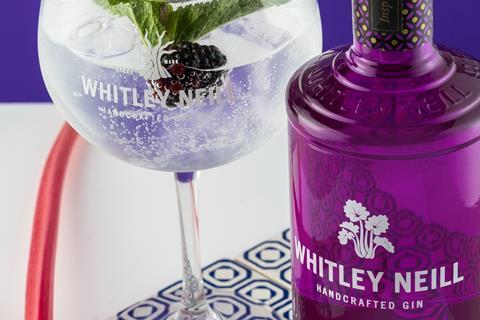
Whitley Neill has smashed its way into the UK’s top 100 booze brands on the back of Brits’ voracious thirst for flavoured gins.
The Halewood Wines & Spirits brand - which last year didn’t even make the top 100 - has grown by £53.9m to £71.3m, making it the UK’s 43rd biggest booze brand and the 13th biggest spirits brand [Nielsen 52 w/e 20 April 2019].
This means Whitley Neill is now a bigger brand than household names such as Jim Beam, Tanqueray and Westons.
The lion’s share of its growth came from its Rhubarb & Ginger variant, which grew by £25.7m, followed by its Parma Violet flavour, which launched in summer 2018 and has already racked up sales of £11.3m.
Its raspberry, London dry and blood orange gins also grew by £8.2m, £7.8m and £4.6m respectively.
Flavoured gins had played “a significant role in the ongoing development of the brand”, said Halewood white spirits director Leanne Ware.
“Rather than just showcasing our skill in producing perfectly balanced, flavoured liquids, what we’re achieving through our flavour innovation highlights how brand planning and strategy processes are ensuring we’re completely tuned in to what consumers and the trade are looking for.”
“We are in an NPD frenzy,” added Cask Liquid Marketing MD Stuart Ekins. “Everybody wants the next flavour and a point of difference.”
Whitley Neill wasn’t the only gin brand to benefit from growth in flavours. Gordon’s has passed Foster’s and Carling to become the UK’s fourth-biggest alcohol brand.
The Diageo-owned gin is this year’s fastest-growing brand overall, having added £156.6m to its value this year - almost £100m more than was added by the second-fastest growing brand, Heineken [Nielsen 52 w/e 2019].
Its jump up the ranks - largely driven by Gordon’s Pink, which accounted for £128.7m of that growth - places the gin less than £30m behind Budweiser, the third-largest brand, which grew by £43.8m.
After years in the wilderness, Foster’s and Carlsberg have returned to growth - but Carling, which bucked mainstream lager’s decline for so long, has suffered the second-largest loss of any booze brand this year.
And while gins stormed this year’s rankings, industry sources suggest the gin boom may be slowing. One senior figure at a major supplier told The Grocer: “It is starting to feel like the market is full. We anticipate two years of continued growth but then you will start to get a shakedown.”


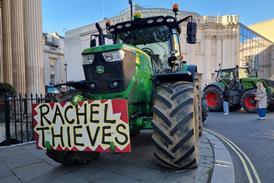
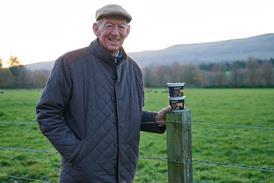



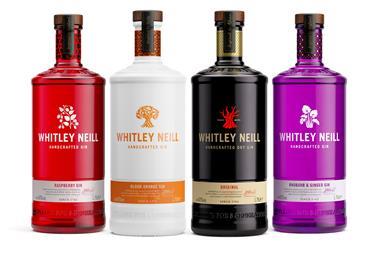
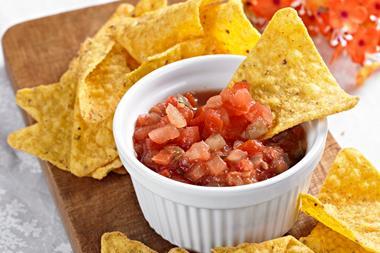
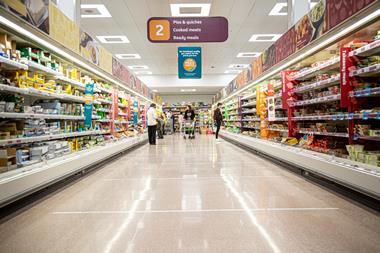
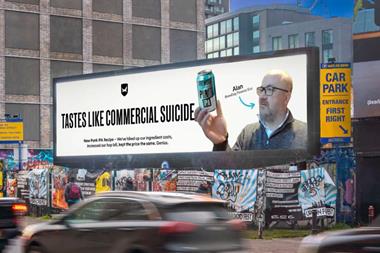
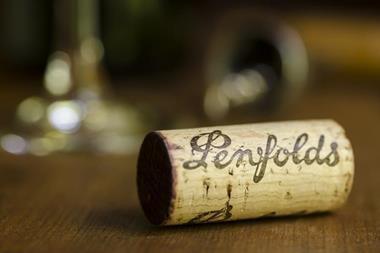
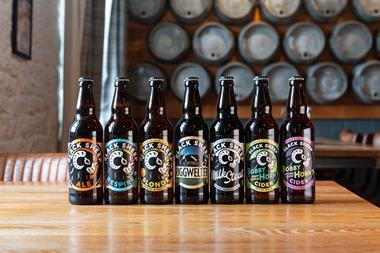
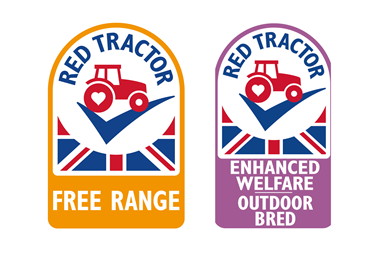
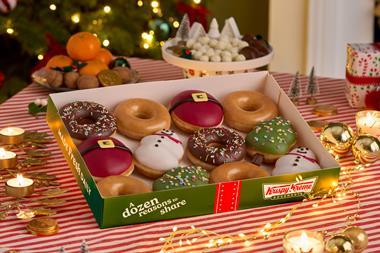
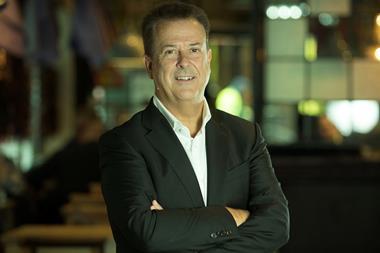


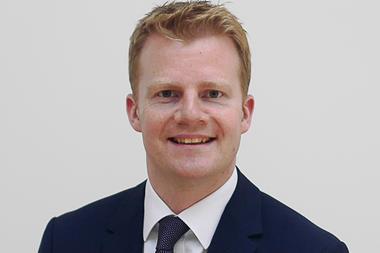
No comments yet